From July 12-23, the National Crafts Museum in New Delhi, India, will host the exhibition “Pratirupa: Masks in the Asian Cultural Exchange,” which will feature an impressive collection of nearly 100 ceremonial and performance masks from various Asian countries.
According to a VNA correspondent in New Delhi, Pratirupa is a joint initiative of the National Crafts Museum, Purvasha Folk and Tribal Arts Museum, and the Odi Arts Centre in the eastern Indian state of Odisha. The collection showcases masks from India, Vietnam, Thailand, China, Korea, Sri Lanka and Myanmar, recreating the unique spiritual, ritual and theatrical depth of each culture.
In addition, Pratirupa helps the public explore the common symbols, sacred stories and ancient performance traditions in mask-making across Asia, opening up an insight into cultural similarities that transcend all borders.
Speaking at the opening ceremony, Ms. Junhi Han - Head of the Cultural Department of the United NationsEducational , Scientific and Cultural Organization (UNESCO) - emphasized: "In a world full of divisions, this exhibition is a testament to our deep cultural ties. Masks are not only cultural artifacts but also expressions of identity, ritual and memory. They remind us of the common humanity that spans ancient Asian civilizations."
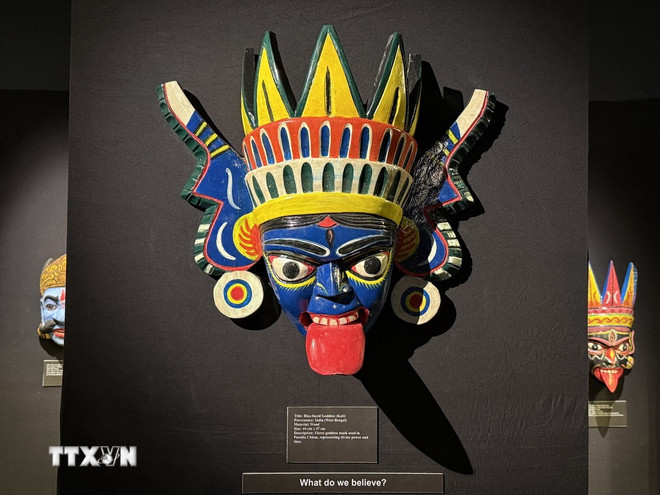
Professor SKKBasa, Chairman of the National Monuments Authority of India, also stressed the importance of preserving folk and tribal art. “We need to continue to celebrate and preserve the intangible heritage of the region. Pratirupa is an important step towards that goal,” he said.
In this collection, viewers can see a series of masks representing humans, spirits, demons, gods, animals and anthropomorphic forms…
The collection can be divided into groups: Sacred masks used to appease evil spirits and used in rituals rather than performing arts; masks representing ancestors, protecting the well-being of the family; masks used to tell stories through performing arts activities…
The artistic quality of masks varies from culture to culture, reflecting aesthetic quality at all levels regardless of race, religion or ethnicity.
The influence of ecology on mask tradition can be seen from the materials used to make the masks and the creative content. In this exhibition, the masks are mainly made from wood, papier-mâché, bamboo, terracotta and metal.
At the exhibition, the public also has the opportunity to enjoy the unique features of Vietnamese folk culture through Harvest Festival masks.
Carved from wood, the mask depicts an old man's face deeply marked by time and often appears in folk plays associated with festivals celebrating a bountiful harvest.
Not only a performance prop, the mask is also a symbol of wisdom, fulfillment and joy in traditional agricultural life.
The focus of the Pratirupa exhibition is to celebrate the unifying elements that shape the intersection of human thought processes and visions beyond cultural barriers. Indeed, artistic creation in human society is a pervasiveness of all things.
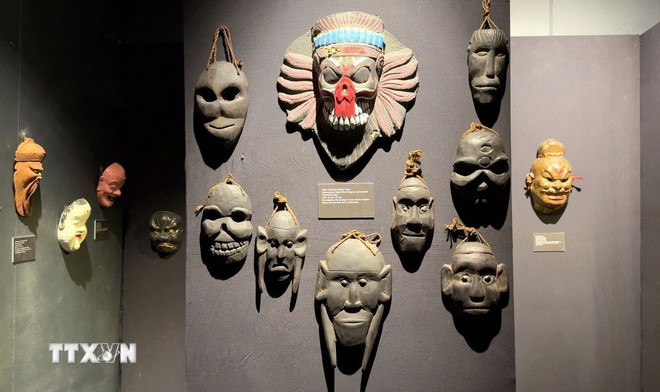
In today's fast-paced world, where time-consuming and patient crafts are gradually fading away, the Pratirupa exhibition is a valuable space to help the public look back, understand and appreciate the profound cultural values preserved through each traditional work of art.
This is not only a place to admire art but also an opportunity to connect with one's roots, feel the national spirit and explore the unique blend of Asian cultures through the lens of regionally symbolic masks./.
Source: https://www.vietnamplus.vn/mat-na-viet-nam-gop-sac-mau-tai-trien-lam-giao-thoa-van-hoa-chau-ao-an-do-post1049456.vnp


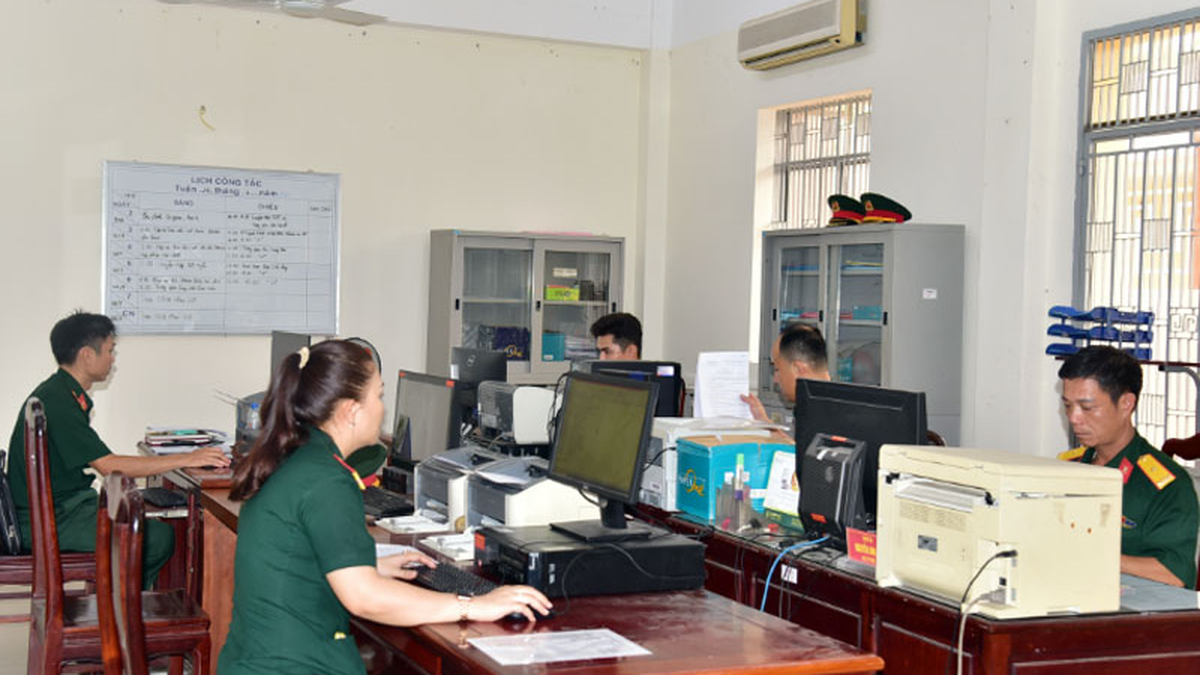
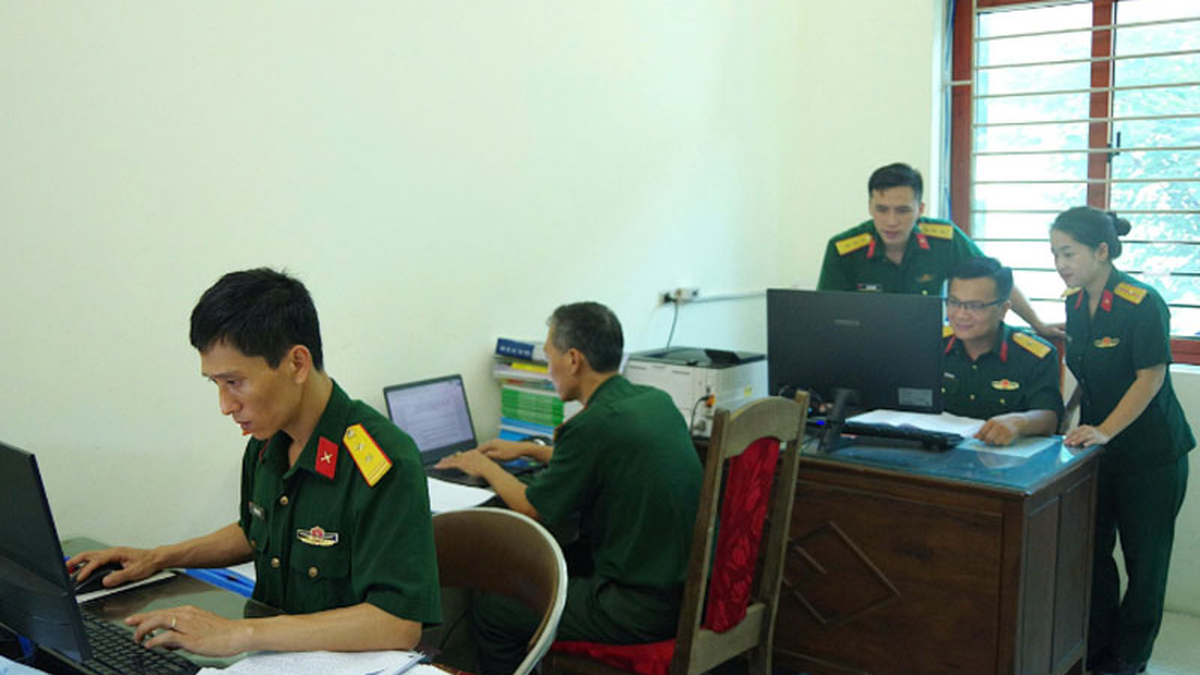
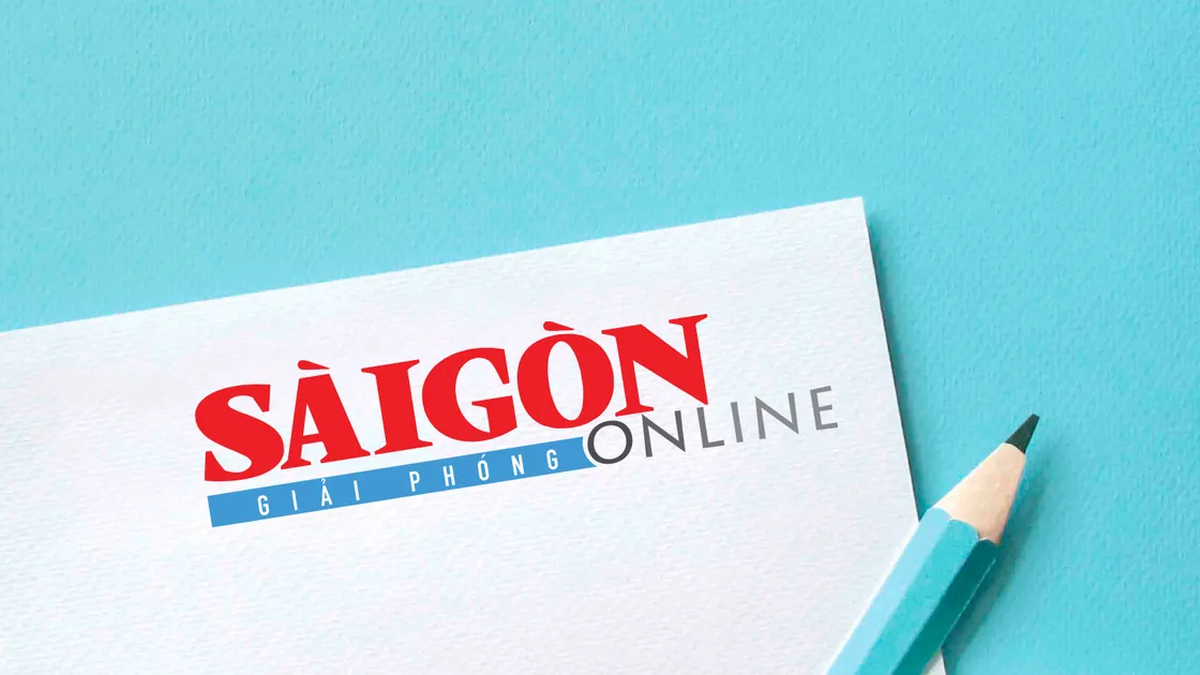
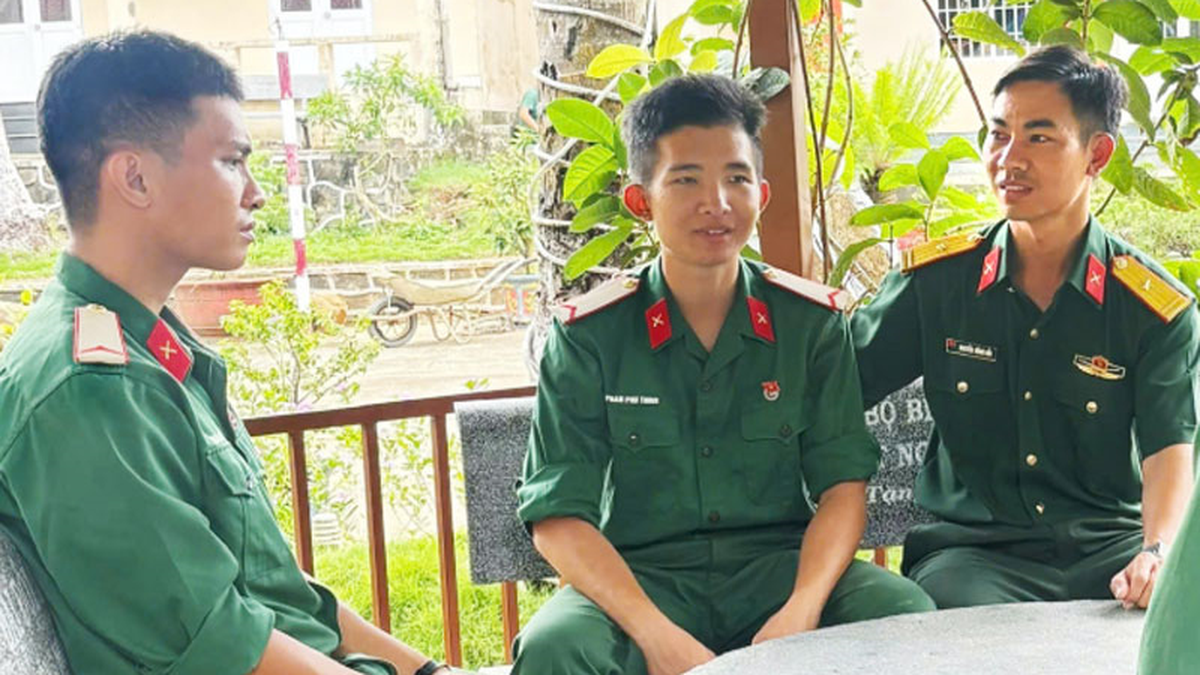
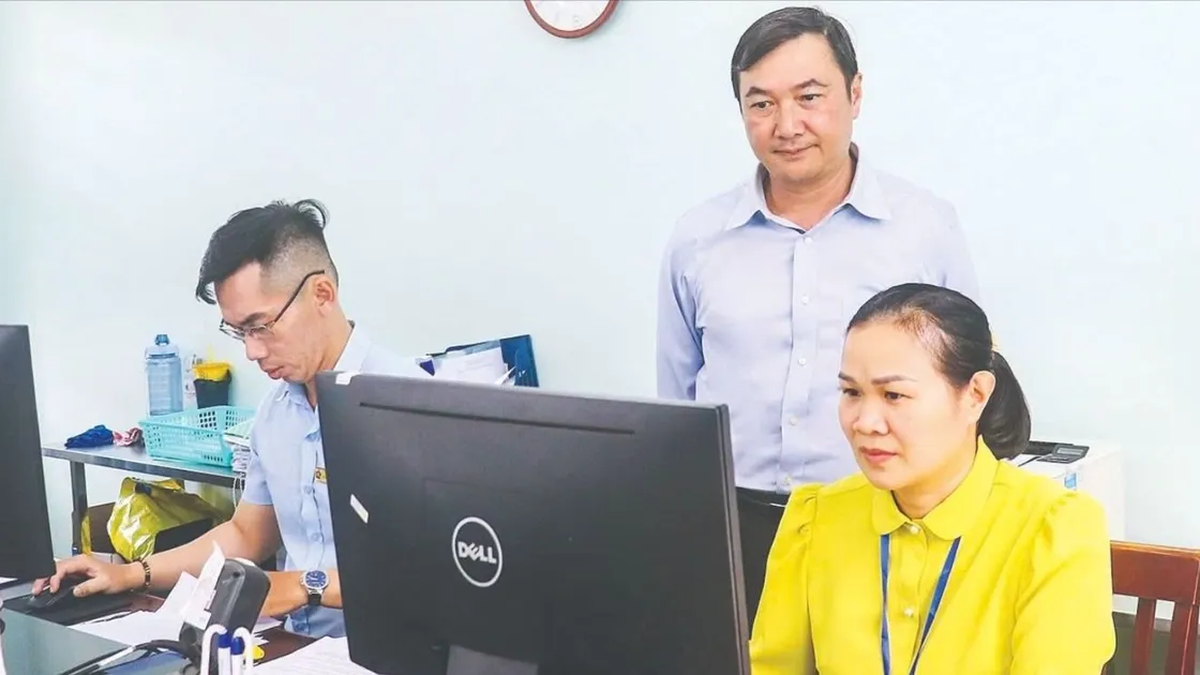
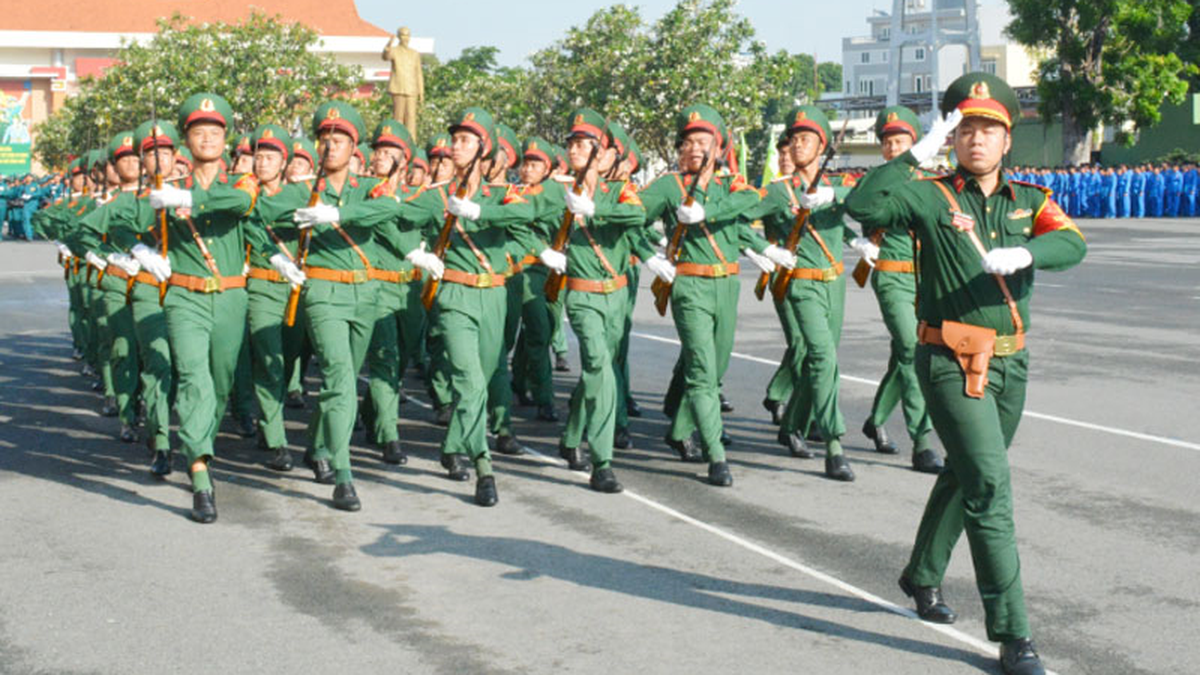
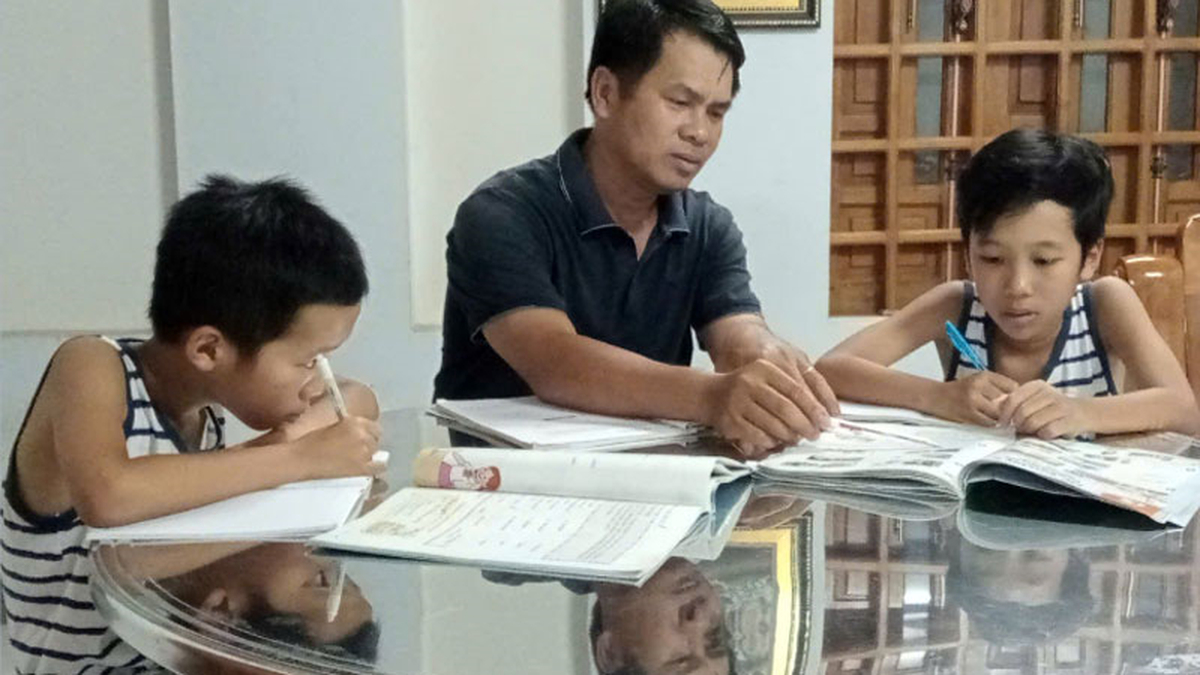
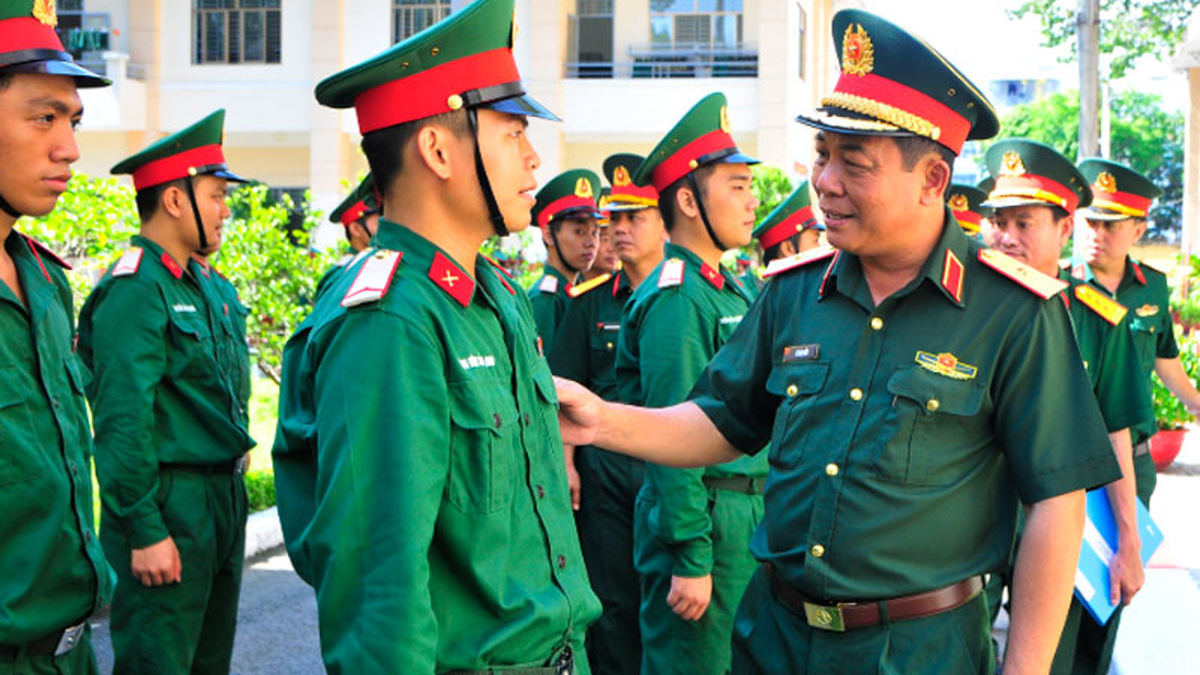

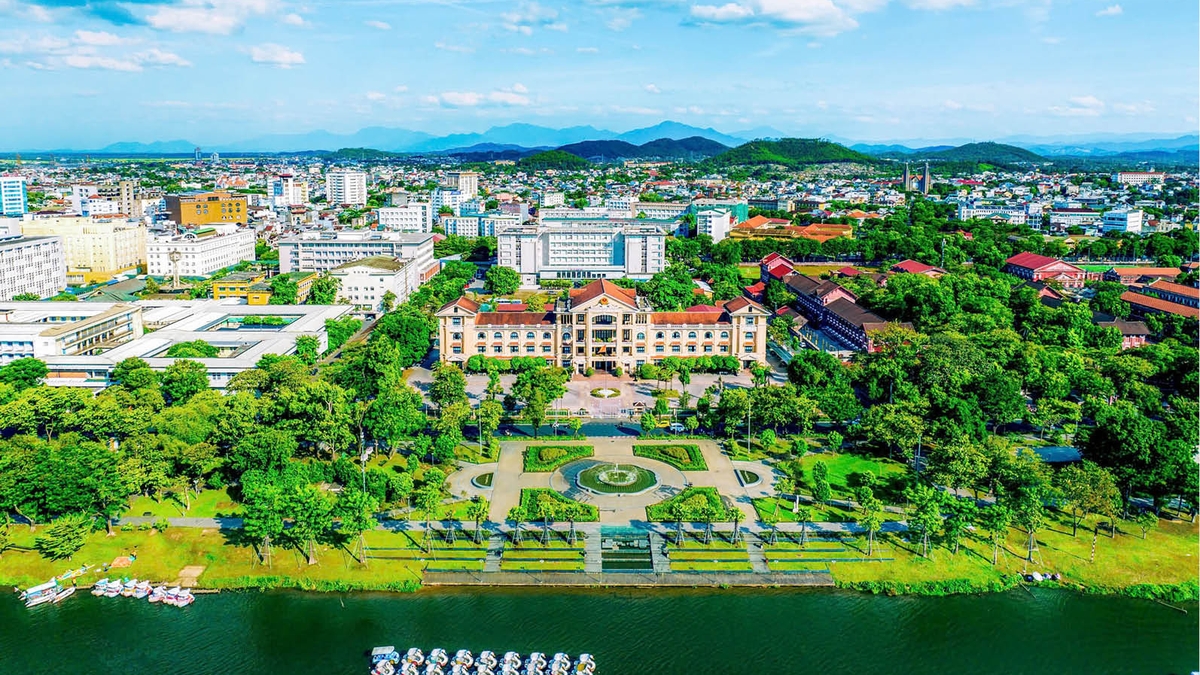

















































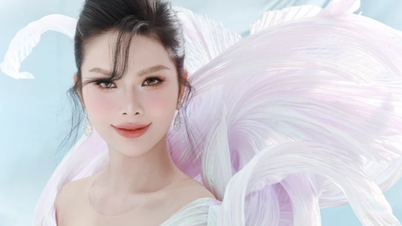


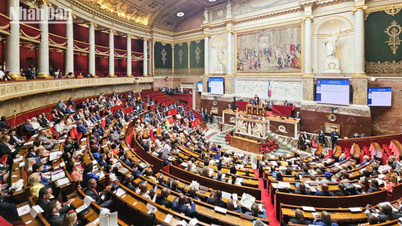




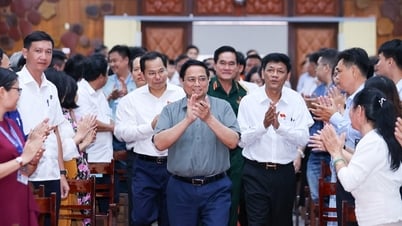
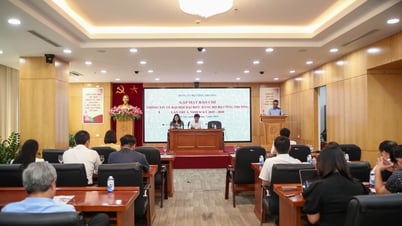

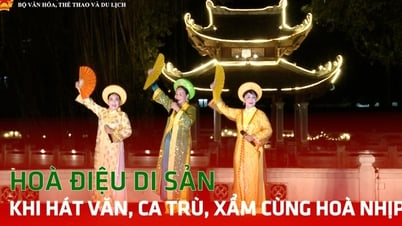




























Comment (0)